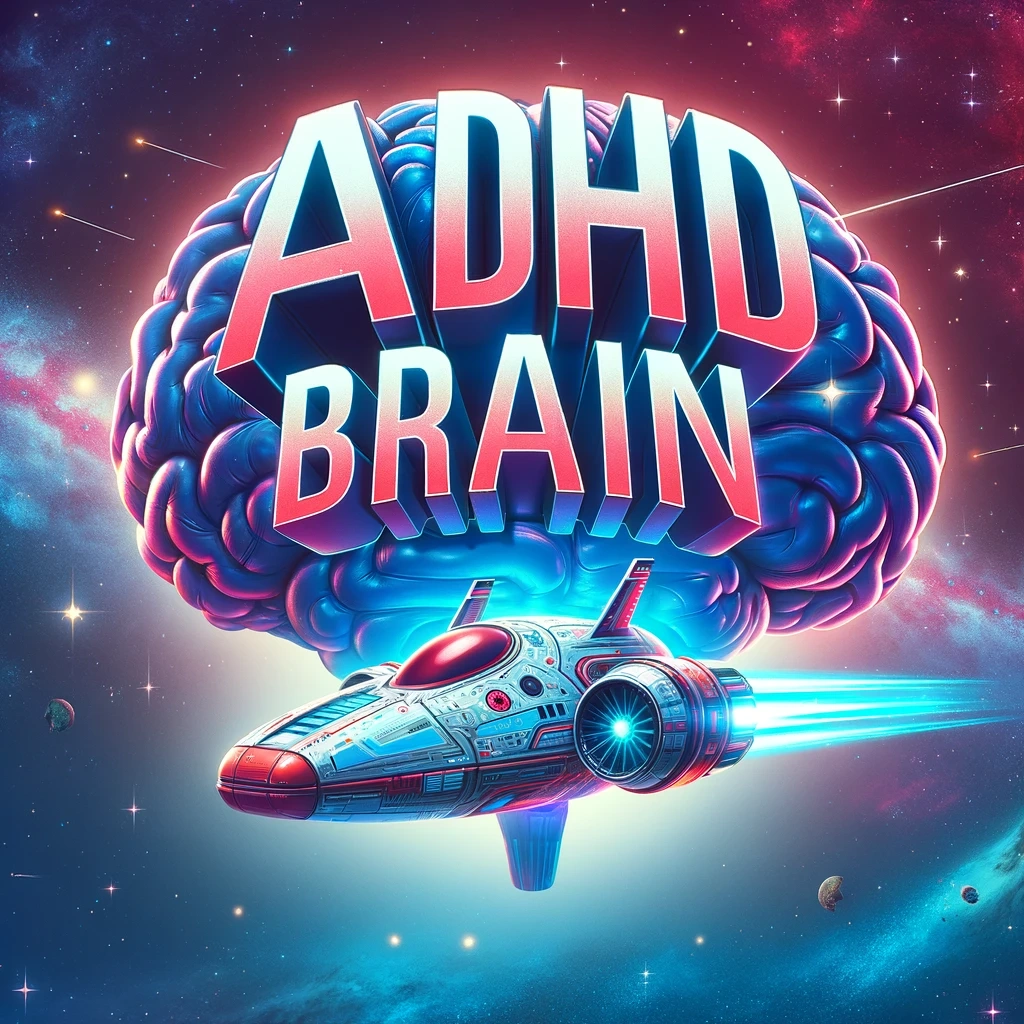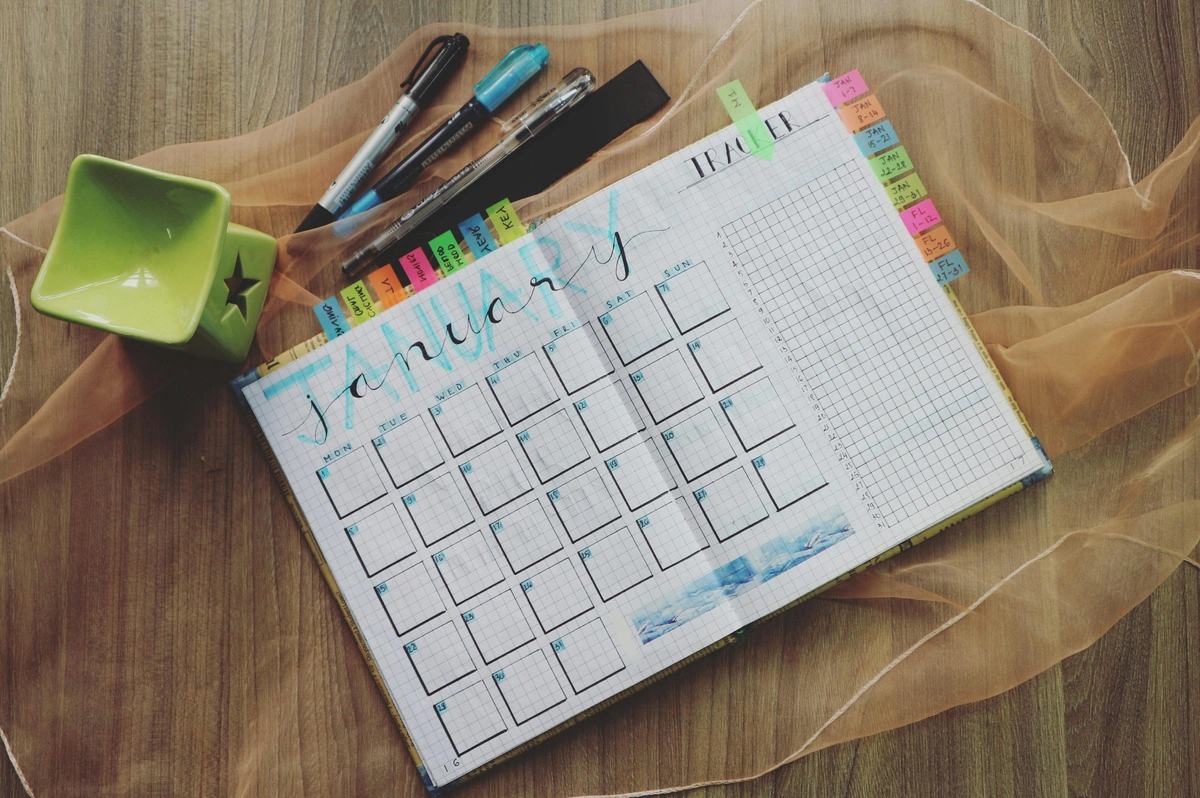Steering the ship of parenthood through the stormy seas of ADHD can feel like you’re a circus juggler riding a unicycle on a tightrope—blindfolded. It demands not just an extra dose of patience but a whole new level of understanding that could rival that of a Zen master. If your patience meter is flickering on empty, fear not! This guide is your trusty lifebuoy, equipped with a treasure trove of compassionate wisdom and strategic genius to keep you afloat.
Imagine mastering the art of peace and patience as if you were the lovechild of a monk and a superhero, navigating the ADHD odyssey with finesse. Ready to transform those “pulling-your-hair-out” moments into “aha!” moments? Let’s embark on this adventure with humor in one hand and effective strategies in the other, charting a course for calmer waters and a happier home.
Key takeaways:
- Understanding ADHD is the first step in helping your child
- Establishing structure with clear guidelines is key
- Leverage positive reinforcement to reward positive behavior
- Create a supportive environment with plenty of help from friends and professionals
- Manage your expectations and seek professional help
- Have patience through education and remember communication is key
Understanding ADHD
Educate Yourself: The first step is to truly understand what ADHD is. It's not just about being hyperactive or inattentive; it's a neurological condition that affects self-control, focus, and organization. Resources like planners for ADHD can offer insights into how an ADHD mind works.
Understanding the interaction between ADHD, screen time, and social media is crucial for parents navigating the digital age. Theories suggest that the instant feedback and rapid shifts in attention required by social media may exacerbate ADHD symptoms.
The "Variable Reward Theory" of dopamine response, which underpins the addictive quality of social media, may be more pronounced in individuals with ADHD. This is because dopamine regulation, which is a key factor in ADHD, plays a significant role in the cycle of seeking behaviors that provide instant reward. This cycle can be addressed through a dopamine detox, a process of abstaining from high-dopamine activities to reset the brain's reward system.
The "Executive Dysfunction Theory" of ADHD describes difficulties in planning, problem-solving, and maintaining attention—skills that are often disrupted by frequent social media use. This disruption can be mitigated by disconnecting from social media, allowing for a more regulated and focused approach to daily tasks.
In line with the "Delay Aversion Theory," individuals with ADHD may have a stronger preference for immediate over delayed rewards, making the instant gratification of social media particularly appealing. Understanding the pros and cons of quitting social media can help weigh the immediate rewards against long-term benefits.
The "Time Inconsistency Theory" relates to the perception of time and the inclination to prioritize immediate gratification, which is often skewed in ADHD. A digital detox can help realign time management and prioritization skills.
Social media's influence on self-image and self-esteem can be magnified in those with ADHD due to heightened sensitivity to external validation. The impact of social media body image concerns is an example of how virtual interactions can affect personal well-being.
To address the side effects of social media, tools like DF Tube for Safari or the News Feed Eradicator for Safari can minimize distractions and help individuals with ADHD avoid the pitfalls of aimless scrolling.
However, it's also possible to harness social media positively. Strategies on how to use social media to your advantage can transform it from a distraction into a tool for connection and learning.
Lastly, for parents concerned about their child's digital habits, "My Teenager is Addicted to Social Media: What Can I Do About It?" offers guidance on managing this modern challenge. You can explore interventions and tips in my teenager is addicted to social media.
By integrating these perspectives and resources, parents can better understand and manage the complex relationship between ADHD, screen time, and social media use.
Establishing Structure
Routine Is Key: Children with ADHD thrive on routine. Consistent schedules for meals, homework, play, and sleep can create a sense of stability.
Clear Expectations: Set clear, achievable goals for behavior and tasks. Make sure these are communicated clearly and consistently.
For children with ADHD, establishing a consistent daily structure is not just beneficial; it's a critical element for managing their symptoms and enhancing their ability to focus. Engaging in a dopamine detox challenge can be part of this structure, providing clear boundaries away from the overstimulating digital world that can exacerbate ADHD symptoms.
The predictability that comes with a routine can significantly ease the mental load for a child with ADHD. When there's a specific time for homework, play, and rest, it reduces the indecision that can often paralyze children with ADHD. This is particularly helpful when digital distractions are ever-present, and tools like cold turkey blocker not working require a backup in the form of solid routines.
Sometimes, children may attempt to bypass digital wellness tools, which is why understanding the psychology behind how to ignore screen time limits can inform the creation of a routine that doesn't overly rely on screen time as a crutch.
Part of the structure might involve safeguarding their online experience, which can be achieved through steps on how to block porn on iPad. Such protective measures ensure that the digital environment aligns with the routine's intent—safety and focus on growth.
Addressing phone addiction is also crucial. A structured routine can help children with ADHD learn to use technology as a tool rather than a diversion, providing them with the skills to navigate the digital world responsibly.
Incorporating routine doesn't mean rigidly adhering to a schedule without flexibility. It means creating a framework that helps children understand the importance of order and discipline in their daily lives, which can be particularly grounding for those who struggle with the reasons you can't focus on work.
For parents, understanding the reasons to quit social media can also provide insights into how unplugging can benefit their child's focus and overall mental health. And when technology seems to get in the way of focus, turning to tools like the news feed eradicator for android can help maintain the integrity of a routine by minimizing distractions.
Structuring screen time and using interventions like the betimeful - news feed eradicator for mobile can help maintain a healthy balance between the digital and real worlds for a child with ADHD. It's also helpful to know how to remove YouTube shorts or remove Instagram feed from your phone or desktop to limit the influx of distracting content.
Creating a structured routine for a child with ADHD means setting up an environment where distractions are minimized, expectations are clear, and healthy habits are encouraged—leading to a more focused, balanced, and productive life.
Positive Reinforcement
Positive reinforcement is an effective strategy for encouraging desired behaviors in children and teenagers with ADHD. It works on the principle of rewarding good behavior, which in turn increases the likelihood that the behavior will be repeated. For individuals with ADHD, who may experience frequent criticism, positive reinforcement can be especially powerful, offering them validation and boosting their self-esteem.
When using positive reinforcement, it's important to be specific about what behavior is being rewarded. For instance, praising a child for completing their homework on time with statements like, "I'm really proud of you for finishing your math work before dinner," can reinforce their understanding of what they did well. The reinforcement should be immediate, as children with ADHD can struggle with long-term rewards due to their typically shorter attention spans.
Consistency is also key. Regular, consistent acknowledgment of positive behaviors can help solidify routines and expectations. This consistency helps children and teenagers with ADHD to understand the connection between their actions and the positive outcomes, which can sometimes be difficult for them to see.
Rewards don't always have to be tangible; they can also be privileges or praise. The reward should be motivating for the child; for some, extra time on a favorite game might be compelling, while for others, choosing what's for dinner could be a big motivator.
For teenagers with ADHD, positive reinforcement can also come in the form of increased independence or trust. For example, allowing them to have more say in their schedules or granting them additional privacy can be a powerful motivator for responsible behavior.
Incorporating positive reinforcement into the daily lives of children and teenagers with ADHD can lead to significant improvements in their behavior and can be a valuable tool in managing ADHD symptoms.
Focus on Strengths: Instead of constant correction, recognize and celebrate your child's strengths and achievements.
Immediate Rewards: Use immediate praise and rewards for good behavior. Positive reinforcement is more effective than negative consequences.
Creating a Supportive Environment
Organized Space: Keep your home organized and free of clutter to help reduce distractions.
Break Tasks Down: Large tasks can be overwhelming, so break them down into smaller, more manageable steps.
Creating a supportive environment at home for children with ADHD is essential to help them thrive. An organized space is crucial as it minimizes distractions that can easily derail a child's attention. This means having a designated and orderly place for everything, from toys to schoolwork, which can help reduce the chaos that may overwhelm children with ADHD. Moreover, breaking tasks down into smaller steps can prevent feelings of being overwhelmed and encourage a sense of accomplishment as each part is completed. This method can be supported by using planners for ADHD, which are designed to help manage and organize daily activities.
Discipline with Understanding
Consistent Rules: Make sure rules are consistent and consequences for breaking them are understood in advance.
Choose Your Battles: Not every battle is worth fighting. Focus on what's really important.
Discipline with understanding is another pillar of support. Establishing consistent rules provides clear expectations, which is comforting for a child with ADHD. However, it's also important to choose your battles. Not every issue needs to be addressed with the same level of intensity, and focusing on the most important rules can prevent both parent and child from becoming overwhelmed.
Managing Your Expectations
Realistic Goals: Set realistic expectations for your child's behavior based on their capabilities.
Celebrate Small Wins: Recognize and celebrate even the small successes. This will help you see the positive progress being made.
When managing your expectations, setting realistic goals is important. Recognize the individual capabilities of your child with ADHD, and set them up for success by establishing attainable objectives. Also, celebrating small wins can be incredibly motivating and help children build confidence in their abilities. This positive reinforcement is a cornerstone of behavioral strategies and can be supported by learning how to stay focused while studying.
Self-Care for Parents
Take Breaks: Give yourself permission to take breaks. You need time to recharge to be the best parent you can be.
Seek Support: Join a support group for parents of children with ADHD to share experiences and advice.
Self-care for parents is often overlooked but is essential. Taking regular breaks allows you to recharge and maintain patience. Connecting with other parents through productivity coaches can provide much-needed understanding and practical advice.
Professional Help
Behavioral Therapy: Consider behavioral therapy for your child. Therapists can offer strategies that are specific to children with ADHD.
Consult Experts: Regular consultations with your child’s pediatrician or an ADHD specialist can provide valuable guidance.
For professional help, behavioral therapy can be an invaluable resource, as therapists offer tailored strategies for children with ADHD. Regular consultations with experts, such as pediatricians or ADHD specialists, can ensure that your child is receiving appropriate care and that their treatment plan is up to date.
Patience Through Education
Learn Together: Engage in activities that help you and your child learn about ADHD. This can include books, videos, or interactive tools.
Patience Is a Practice: Remember that patience is something you practice, not something you simply have or don't have.
Education is another form of support. Engaging in learning activities about ADHD helps both you and your child understand the condition better. Patience is not innate; it's a skill that can be developed through practice and education.
Communication Is Crucial
Open Dialogue: Maintain open communication with your child. Let them express their feelings and frustrations.
Active Listening: Listen to what your child is saying without judgment. Sometimes they need to be heard more than they need solutions.
Conclusion
Parenting a child with ADHD will have its tough days, but with the right tools, strategies, and mindset, you can navigate this journey. Your patience, paired with understanding and structure, can create a supportive environment where your child can thrive. Remember to celebrate the journey—your child is unique and has their own set of talents and abilities that ADHD does not define. With your support, they can learn to manage their symptoms and lead a successful and happy life.











